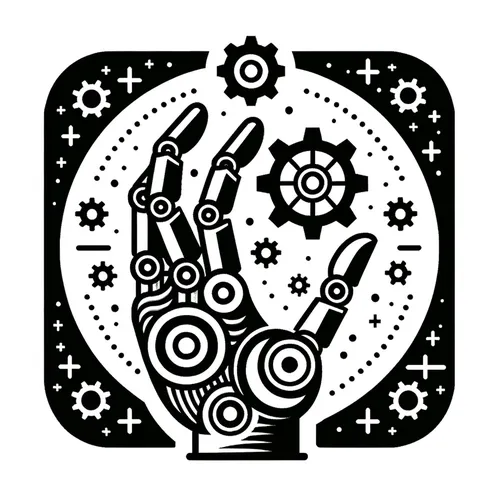Robots Rocking 2025: AI's Supercharged Surge, Musk's GPU Gambit, and Disease-Detecting Droids
- Author
- Quiet. Please
- Published
- Mon 21 Jul 2025
- Episode Link
- https://www.spreaker.com/episode/robots-rocking-2025-ai-s-supercharged-surge-musk-s-gpu-gambit-and-disease-detecting-droids--67058692
This is you Robotics Industry Insider: AI & Automation News podcast.
Robotics and automation are charging into late July 2025 with record momentum. The industry just saw a historic surge in global robot adoption: more than 541,000 industrial robots were installed last year, bringing the total worldwide to over 4.28 million units. Asia continues to dominate, with China alone accounting for more than half of new installations. Analysts at the International Federation of Robotics now value new installations at over 16.5 billion dollars, a sign of robust capital commitment from manufacturing, logistics, agriculture, and healthcare sectors according to ts2.tech.
This expansion is being supercharged by artificial intelligence integration. 2025 is shaping up to be robotics’ "ChatGPT moment," as robots are equipped with sophisticated analytical AI, advanced vision systems, and even "physical AI" training environments where machines refine skills through simulation rather than tedious manual programming. Generative AI models are helping robots self-optimize, adapt workflows, and learn new tasks faster than ever, moving far beyond conventional programming constraints. However, recent research highlighted by PYMNTS underscores that AI agents which thrive in digital or simulated environments still face major hurdles in unstructured real-world settings, such as retail or logistics, where unpredictability can overwhelm even state-of-the-art models.
Industrial automation isn’t just about robots on the assembly line. Recent reports from both ResearchAndMarkets and GlobeNewswire show the global industrial automation market is projected to leap from around 170 billion dollars this year to over 440 billion dollars by 2035, riding a compounded annual growth rate above 9 percent. North America and Europe are seeing strong momentum, but Asia Pacific is the largest and fastest growing region, where demand for more efficient, resilient, and safe automation solutions is unprecedented.
In recent news, Elon Musk’s company xAI announced plans to build an overseas power plant dedicated to running one million GPUs—addressing the surging energy needs of AI development and training, and spotlighting the infrastructure investments required to support the next chapter of robotics and automation, according to Tom’s Hardware. Meanwhile, a new AI model boasting over 90 percent accuracy in early disease detection from Medscape is already being incorporated into automated diagnostic platforms, hinting at both the power and practical impact of AI-robotics convergence.
For industry leaders, the key takeaways are to invest now in AI-powered robotics, stay agile amid rapid technology changes, and prepare your teams for ongoing digital transformation and workflow evolution. As robots grow smarter, the importance of reskilling and cross-disciplinary R&D partnerships is only increasing. Looking ahead to the rest of 2025 and beyond, expect continued acceleration in AI capabilities, growth in collaborative robot deployments, and tightening integration between digital and physical automation—unlocking massive productivity gains and redefining what’s possible in factories, warehouses, medical labs, and beyond.
Thank you for tuning in to Robotics Industry Insider: AI and Automation News. Come back next week for more breakthrough coverage. This has been a Quiet Please production, and for more from me, check out Quiet Please Dot A I.
For more http://www.quietplease.ai
Get the best deals https://amzn.to/3ODvOta
